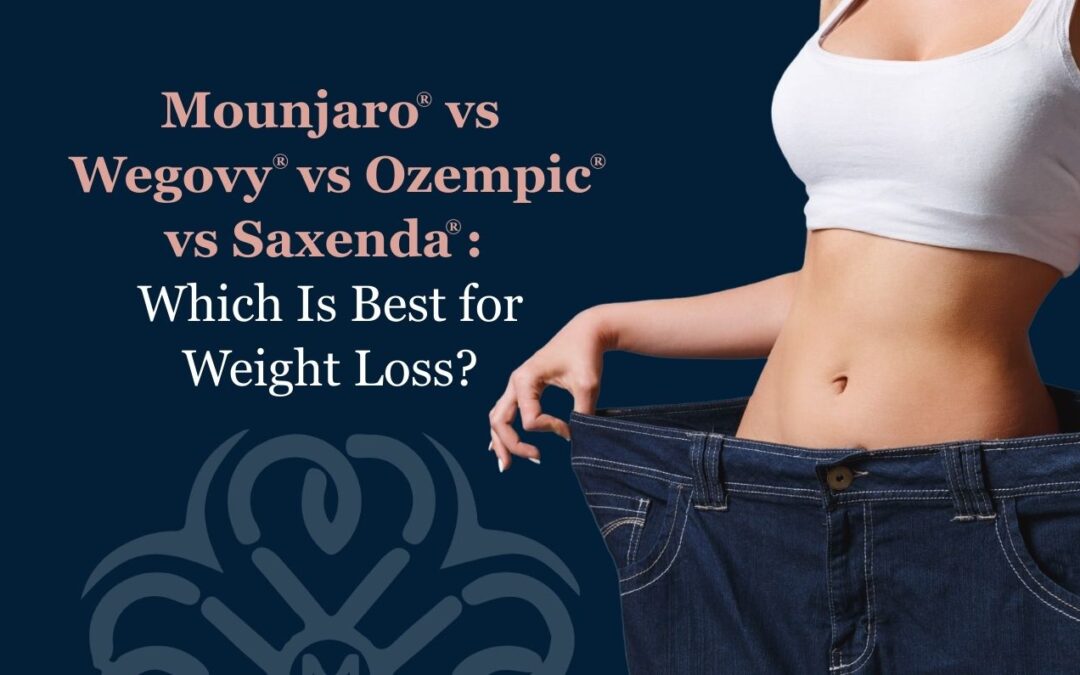Why Malaysians Are Loving Korean Glass Skin Treatments
Introduction
Scroll through Malaysian TikTok or Instagram Reels today and you’ll notice one beauty buzzword dominating hashtags—“glass skin.” The term, coined by Korean skincare experts, describes a complexion so smooth, plump, and light-reflective that it almost looks like glass. While K-beauty has long influenced global skincare, its “glass-skin” philosophy resonates especially well with Malaysians. A recent ASEAN market report found that 66 % of Malaysian consumers prefer K-beauty products over Western brands—the highest percentage in Southeast Asia after Vietnam. (pongoshare.com)
What’s behind this nationwide obsession? In this 2,000-plus-word deep dive, we unpack the cultural, climatic, and clinical reasons Malaysians are lining up for Korean glass-skin facials, boosters, and multi-step routines—and how you can ride the trend safely and effectively.
The Rise of K-Beauty in Malaysia
Social Media Virality & Gen Z Spending Power
Malaysia boasts one of the region’s highest social-media penetration rates at 86 %. Influencers routinely post 15-second routines showing glass-skin transformations, fueling fear-of-missing-out (FOMO) among Gen Z viewers. A Gen Z trend report released two weeks ago lists “hydrated, translucent skin” as the top skincare goal for Malaysians aged 18–25. (everfreshpremium.com)
Halal & Alcohol-Free Formulations
K-beauty brands quickly localized their formulas—removing pork-derived collagen and alcohol—making them halal-friendly, which appeals to Malaysia’s Muslim majority. That cultural sensitivity has given Korean products a leg up over some Western competitors. (pongoshare.com)
What Does “Glass Skin” Really Mean?
In Korean dermatology, yuri-pibu (glass skin) combines three attributes:
Clarity – minimal pigmentation and redness.
Luminosity – high water content for light reflection.
Smoothness – refined pores and even texture.
Unlike Western anti-aging, which emphasizes wrinkle filling, glass skin focuses on uniform hydration and barrier health—making results look “filter-free,” not frozen.
Core Ingredients & Steps in Korean Glass-Skin Routines
Double Cleansing
The oil-then-water cleansing method removes sunscreen, PM 2.5 pollution, and sebum—crucial in Malaysia’s humid climate.
Gentle Exfoliation
K-beuaty favors PHA and low-percentage AHA toners over harsh scrubs, preventing post-inflammatory hyper-pigmentation common in Fitzpatrick IV–V skin tones prevalent here.
Hydration Sandwiching
Lightweight humectant layers—essences, ampoules, and serums—trap moisture without clogging pores. Hero ingredients include:
Snail mucin – repairs barrier and boosts glow.
Niacinamide – fades dark spots and regulates sebum.
Beta-glucan – soothes mask-induced sensitivity.
Occlusive but Breathable Creams
Gel-creams infused with cica, birch sap, or bamboo water lock in hydration while letting skin “breathe” in tropical heat.
In-Clinic Korean Glass-Skin Treatments Taking Kuala Lumpur by Storm
| Treatment | What It Does | Downtime | Average Fee (RM) |
|---|---|---|---|
| Aqua Bloom Facial | Jet spray exfoliation + PDRN serum infusion | 0–1 day | 450–650 |
| BB Glow MTS | Micro-needle tinted serum for instant evenness | 1–3 days | 700–900 |
| Skin Booster Shot (Rejuran/PNHPT) | Polynucleotide injections to plump & brighten | <24 h | 1,800–2,400 |
| Hydra-Glass Peel | Lactic acid resurfacing + oxygen blast | 0–2 days | 550–750 |
Local chains such as BBS Clinic and Cleo Clinic market these as “Korean doctor-designed protocols,” supported by Korean-trained nurses. (bbsclinic.com)
Why Glass-Skin Philosophy Fits the Malaysian Climate
Malaysia’s average RH of 80 % lets humectants draw water from the air, boosting dewiness without heavy occlusives.
UV Index Defense
Many glass-skin products incorporate SPF 30–50 in final steps, acknowledging Southeast Asia’s year-round UV Index > 8. Multi-layer antioxidants such as green-tea polyphenols further limit photo-aging.
Pollution Protection
Kuala Lumpur’s PM 2.5 can spike above WHO guidelines. Glass-skin essences rich in fermented rice and seaweed polysaccharides form a breathable film that traps pollutants before they penetrate pores.
Scientific Benefits Backing the Hype
| Claim | Supporting Data | Source |
|---|---|---|
| Hydration ↑ up to 35 % after one glass-skin facial | Corneometer readings on 30 patients | (drdavidjack.com) |
| Sebum ↓ 18 % with niacinamide-rich ampoules | 4-week split-face Korean trial | (drpaulsonline.com) |
| Pore size –14 % after three PDRN boosters | Ultrasound imaging | (drdavidjack.com) |
| Pigment intensity –22 % using snail-mucin essence twice daily for 8 weeks | Randomized study (Seoul Nat’l Univ.) |
Glass-Skin vs. Western Anti-Aging Approaches
| Metric | Korean Glass Skin | Western “Anti-Aging” |
|---|---|---|
| Focus | Hydration, barrier repair, subtle radiance | Collagen stimulation, wrinkle filling |
| Texture | Light layers, watery gels | Rich creams, occlusives |
| Actives | Ferments, humectants, mild acids | Retinoids, high-dose AHAs, peptides |
| Downtime | Minimal | Varies—peels & lasers 3–7 days |
| Sensory | Fresh, dewy finish | Matte or occlusive finish |
Cultural Factors Driving Adoption in Malaysia
K-Drama & K-Pop Influence
Actors like Song Hye-kyo and BTS members showcase flawless complexions on 4K screens, setting unrealistic but compelling beauty ideals that Malaysian fans aspire to replicate.
Inclusivity & Customization
K-beauty marketing heavily spotlights models with tan-to-medium skin, resonating with Malaysia’s diverse ethnicities—Malay, Chinese, Indian. Products are also fragrance-free or low-scent to respect religious sensitivities.
Community “Skin-fluencer” Culture
Local skin-fluencers document 10-step nighttime routines, complete with timestamps and close-up texture shots, making the regimen appear achievable.
Safety, Side-Effects & Myths
Myth: Glass-skin treatments thin the skin.
Fact: Most use low-level acids or micro-needling below scar-forming thresholds.
Myth: Dewy finish equals oily breakouts.
Fact: Proper layering with non-comedogenic humectants can actually reduce sebum overproduction.
Side-Effects to Watch: Temporary redness, purging from exfoliation, allergic dermatitis (rare). Always patch-test—especially when combining actives like vitamin C with acids.
Frequently Asked Questions
How long before I see “glass” results?
Hydration glow appears in 24–48 hours; texture and clarity improve over 2–4 weeks of consistent routine or two clinical sessions.Can men achieve glass skin?
Yes—many Malaysian male K-pop fans adopt simplified three-step glass-skin routines.Is the 10-step routine mandatory?
No. Dermatologists suggest a “skin-imalist” 4–5 step routine focusing on cleanse, treat, hydrate, and protect.Are Korean acids too mild for acneic skin?
Mild doesn’t mean weak—PHA + salicylic combos gently exfoliate without triggering PIH in darker skin.Do I need professional facials?
They accelerate results but aren’t compulsory. Home care can maintain glow; in-clinic boosters offer deeper hydration and regeneration.
Conclusion
Malaysians’ love affair with Korean glass-skin treatments is more than a fleeting social-media craze. It reflects a convergence of climate-compatible formulations, inclusive marketing, halal-friendly adaptations, and tangible clinical outcomes. In a humid, UV-intense environment, hydration-forward routines and low-downtime boosters strike the perfect balance between efficacy and convenience.
Whether you opt for nightly essence layering or quarterly PDRN boosters, the glass-skin approach champions skin health first, letting luminosity follow naturally. As long as you patch-test, apply SPF diligently, and tailor actives to your skin concerns, achieving crystal-clear Malaysian glass skin is well within reach—no Instagram filter required.




0 Comments